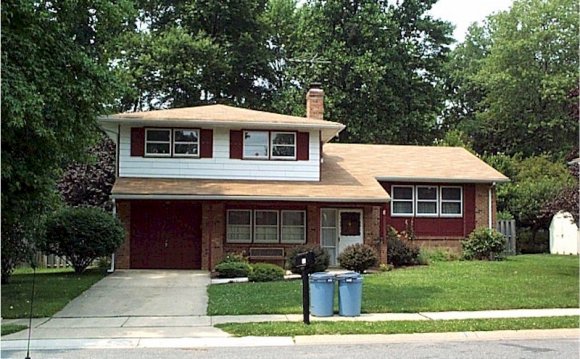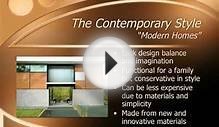
Boston College. Color slides copyright Prof. Jeffery Howe.
Table of Contents | Quick Index:| 17th century | 18th century | 19th century | 20th century | Architecture links | Fine Arts department home page
The following styles are illustrated by groups of examples:
The Seventeenth Century: 17th Century Colonial Term applies to both New England and Virginia architecture. Note regional differences, however. The Eighteenth Century: Georgian (1714-1776) English-inspired colonial architecture. Marked by a greater concern for style and higher standards of comfort. Fairly homogeneous in both New England and Southern colonies. Neoclassicism (c.1780-1820) There are several variations: Federalist: Especially common in New England; a traditionalist approach to classicism, heavily influenced by English models. Charles Bulfinch, Samuel MacIntyre. Idealist: An intellectual and moral approach to classicism, at first linked to Roman models. Symbolic and associational values stressed. Best example: Thomas Jefferson. Rationalist: Emphasized structure and classical building techniques, such as stone vaulting and domes. Benjamin Latrobe. The Nineteenth Century: The period is characterized by Romantic revivals and eclecticism. Greek Revival (1818-1850) The first truly national style in the United States. Strong associational values. Permeated all levels of building. Gothic Revival (c. 1820-1860) Strong associational values of religion and nature. Found in both ecclesiastical and residential architecture. A wide range of archaeological accuracy, from Richard Upjohn's urban churches to "Carpenter's Gothic" cottages. The "Corporate Style" (c.1800-1900) Practical architecture for engineering and commercial purposes; especially early factories. In its time thought to be a "style-less style." Egyptian Revival (1820-1850) Used primarily for memorials, cemetaries, prisons, and later, warehouses. Italianate, or Italian Villa Mode (1840-1860) A residential style used by A.J. Downing and others; a Renaissance revival. Second Empire Baroque (1860-1880) French origin; used for public and residential architecture. High Victorian Gothic (1860-1880) English origin; used for ecclesiastical, public, and residential architecture. Richardsonian Romanesque (1870-1895) Shingle Style (1879-1900) Used for residential architecture. Chicago School (1885-1915) Commercial architecture; skyscrapers. New York Style Skyscrapers (1875-1910) Typically use a historical style; block and tower format. Classical Revival (1885-1920) Also called Academic Classicism, or Beaux-Arts Classicism. Related revivals: Renaissance, French Renaissance, Flemish. Gothic (Collegiate Gothic) (1885-1930) Boston College is a good early (1913) example. THE TWENTIETH CENTURY Traditional styles continue; Modernism arises. Prairie School (1893-1920) Frank Lloyd Wright and his followers. Wrightian, or Organic Architecture (1920-1959) F.L. Wright's later style. Historicist Skyscrapers (1900-1940) Gothic, etc. Setback Style Skyscrapers (1920-1950) Art Deco (1925-1940) Also called Art Moderne, Streamlined Modern. International Style: International Style I (Early Modern) (1929-1940) International Style II (1945-1970) Formalism (1957-1996) A renewed interest in monumental qualities and an interest in form for expressive purposes. Eero Saarinen. Brutalism (1957-1996) Style inspired by LeCorbusier's late works; characterized by the use of rough-cast concrete and massive forms. Boston City Hall. Late Modern (International Style III) (1970-1996) Philip Johnson (before his conversion to Post-Modernism) and I.M. Pei, among others. Post-Modernism (1964-1996ff.)
RELATED VIDEO












